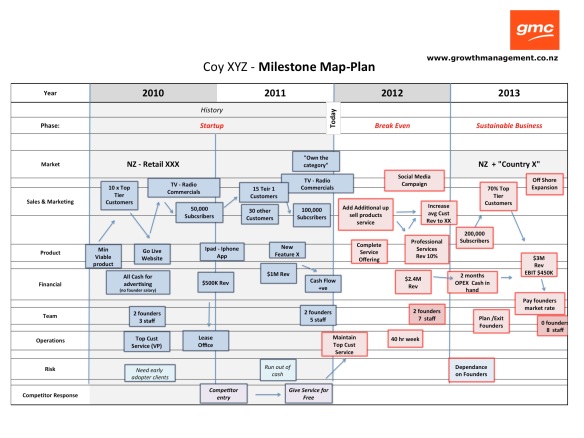Succinct communication wins every time in this instant time poor world – whether the end game is selling a business, an idea, a product or service or just communicating a plan of action.
“It’s not what you say, it’s what they remember and can be bothered to pass on”
The best material delivered in the wrong manner will go nowhere. Most people make their pitches too vague, too long and too boring. Hence they never get passed onto target audiences and never go viral.
Below are my top 5 communication tips for sales and investment pitches – whether it’s an elevator pitch, full blown sales proposal or coffee with a potential investor.
1: Earn your audience’s attention (be engaging)
Open with something that gets their attention. Remember that only 7% of a message’s impact comes from the words, the rest comes from body language 55%, and tone of voice at 38%. Passion and confidence cannot be faked, equally so the format of the written word matters.
Don’t forget to excite the sensors – Props (physical things) are great memory hooks. Smell and taste are often forgotten.
2: Be Succinct
Use sound bites (10-30 second statements) and headline concepts.
Think like a journalist – what would be your grabbing headline and how can you compact the main message into the first min of your presentation?
Use the inverted pyramid of information – basic journalistic tool. The power of a message is inversely proportional to its length (less is more).

In creating effective messages you need to decide what not to say.
Changing the order of your sound bites is the easiest way to improve it’s impact and effectiveness.
3: Contrast is the best conversion tool (life before and after)
Illustrate your value proposition by contrasting what the customer’s life will be like before and after they have purchased, or with and without your product/service.
Make it simple black and white, not a million shades of grey.
4: Always quantify gain (be specific)
Be specific in what you say, if it’s faster – how much faster? Use this with contrast. Likewise do not use vague descriptions eg “a customer…”, name them, be specific it has greater impact.
5: Customer stories win minds and get results
Short relevant and concise, quantified customer stories using contrast provide the most efficient way to give others a message they will empathise with, process and pass on.
Research by the “sales brain team” showed the following results to the effectiveness (probability of closing a sale) of 4 different proofs of value:
1: Customer Case (80%)
2: Demonstration (60 – 100%)
3: Data (20 – 60%)
4: Vision (10-40%)
Read the Book “Neuromarketing”– “Selling to the old brain” …. Best book I have ever read on sales. http://www.salesbrain.com/
“WIFM – What’s in it for me”
The golden rule for all communication is: “always use your audience’s language of success”, not yours. Work out what is the highest gain for your target audience (financial, strategic or personal gain)
Your first goal is always to excite interest in the outcome (the WHAT). When the audience get the relevance of the outcome they will ask the HOW questions. At this point you have them baited. The How (the technology or process) is your domain, not your customers, they just want a result.
Too often business people attempt to sell their business by talking about their product or craft rather than the “true value/outcome” the client is seeking. This is your language not theirs.
Avoid “The curse of knowledge”
Insiders are the worst at reviewing messages for external audiences, they are handicapped by knowing too much, assuming. Use an experienced external advisor to help extract your core messages and test their impact for first time listeners.
More on this topic: see other www.succinct.co.nz blog posts on this topics in the GMC top tips:
– “Link between simple strategy pitch and success”
– “Value propositions revisited”
– ” 90 sec Elevator Pitch“
Check out www.Succcinct-Stories.com we can help you prepare your next marcoms brief, test your sales or investment proposal or just help you get your elevator pitch sorted. This also holds true to how you communicate your business strategy and plan to your stakeholders and team to get engagement.










